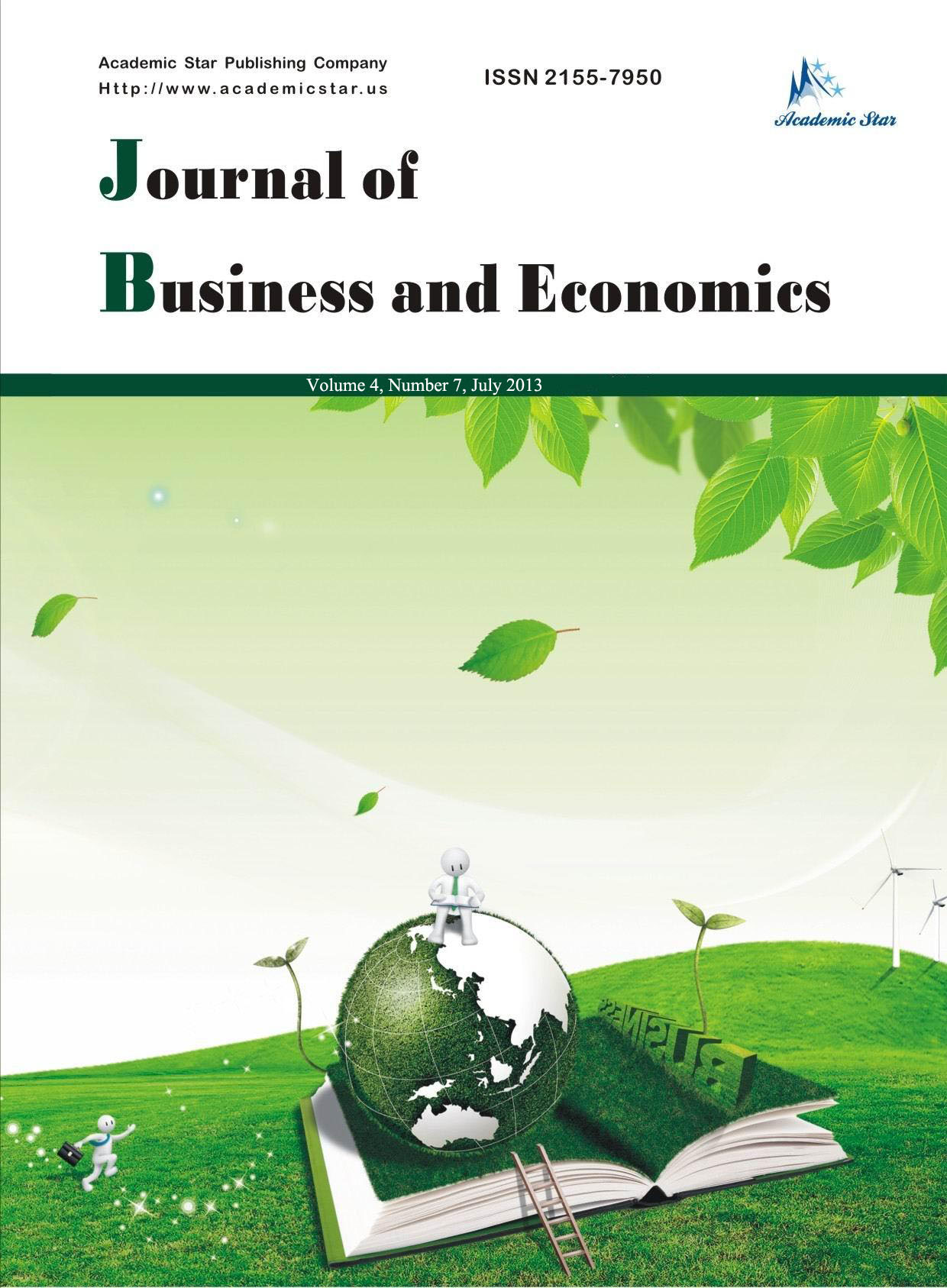Economics

- ISSN: 2155-7950
- Journal of Business and Economics
Islamic Banks and the Maturity Mismatch Exposure Evidence from the
GCC Region
Chaouki Bourakba1, Ahmed Belouafi2
(1. Al-Imam Muhammad Ibn Saud Islamic University, Riyadh, Saudi Arabia;
2. King Abdulaziz University, Jeddah, Saudi Arabia)
Abstract: The global financial crisis of 2007-2008 pinpointed, once again, to a well-established fact about a major source that feed the systemic risk of the prevailing interest-based conventional financial system. It is the maturity mismatch practice; borrowing short and lending long. This practice attributed significantly to the fragility of not only the institutions involved but the whole system. Given the envisaged theoretical “aspired business model” of Islamic Banks (IBs) as a “special type of intermediaries” that should have matching or quasi-matching of the maturities of the assets and liabilities. This is because of the asset-backing principle that ties financing to the various activities of the real economy. Hence, it became of prime importance to assess the behavior of the “practiced business model” of this type of intermediaries. The paper utilizes quantitative methodologies such as the net liquidity criterion and the maturity mismatch curve to examine the behavior of IBs, with regard maturity transformation practice, in the pre- and post-crisis years in the GCC region. We found from this paper that the Islamic banks in the GCC region tended to add liquidity to rest of the economy by holding liabilities greater than monetary assets. The result indicates that all Islamic banks in the GCC region over the period 2000-2012 are performing the function of liquidity creation.
Key words: Islamic banking; liquidity risk; maturity mismatch; GCC region
JEL codes: G21






